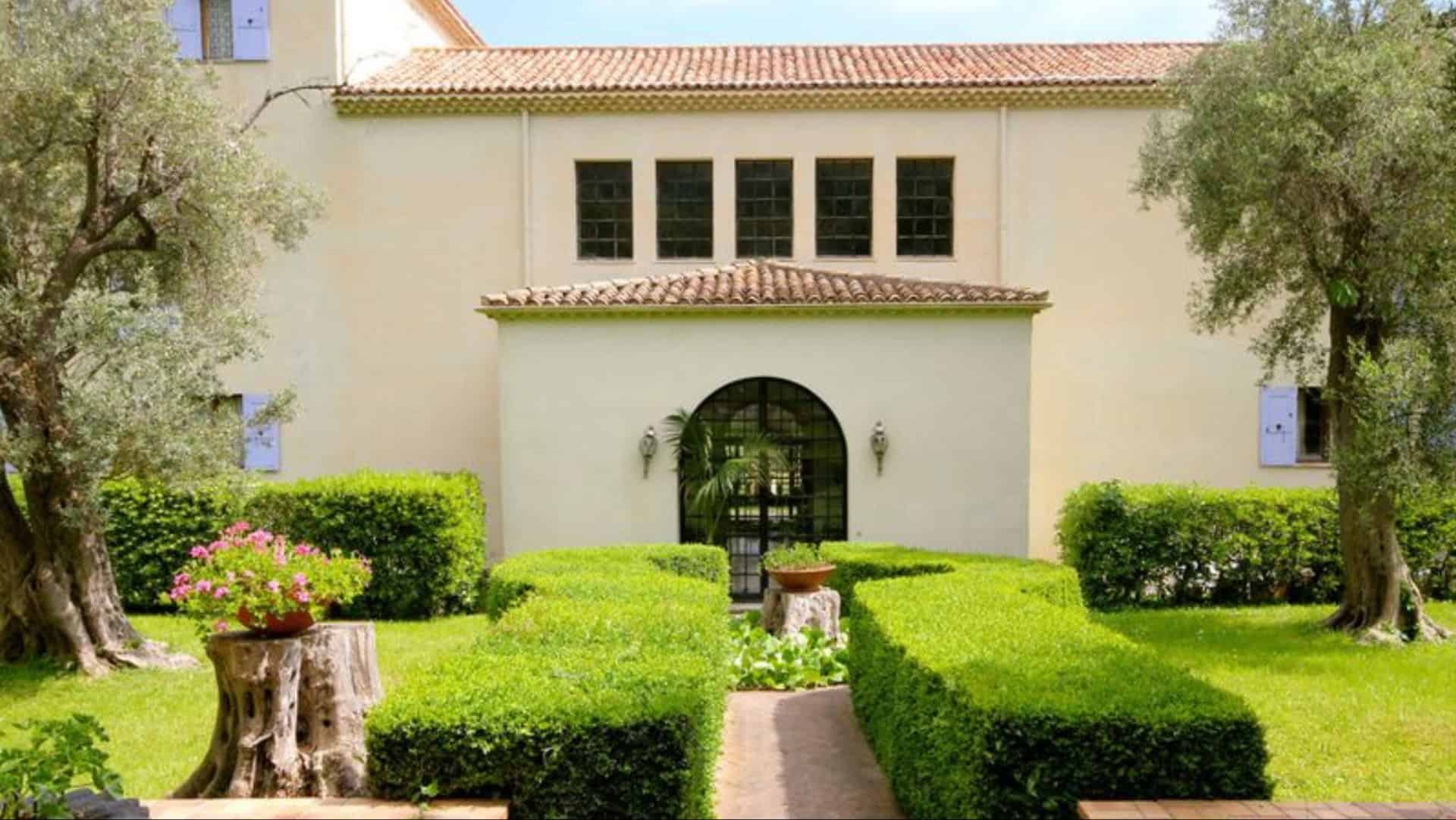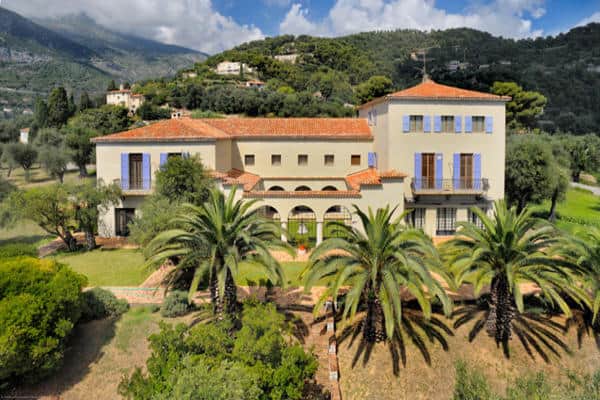Nestled in the hills of Roquebrune-Cap-Martin, Gabrielle Chanel’s Villa ‘La Pausa’ stands as a testament to timeless elegance and artistic inspiration.
Recently restored under the guidance of architect Peter Marino, the villa is not just a residence; it’s a cultural hub.
This blog explores 10 fascinating aspects of this iconic Mediterranean retreat, which continues Chanel’s legacy in the arts.
1. Chanel’s Mediterranean Dream
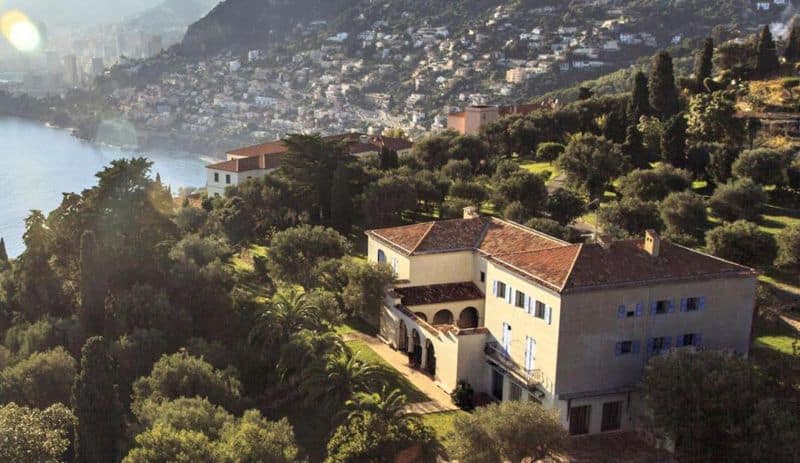
Gabrielle Chanel’s La Pausa, her “ideal Mediterranean villa,” was built in 1928, reflecting her success and independence.
Set amidst the hills of Roquebrune-Cap-Martin, the villa was Chanel’s private sanctuary, offering a respite from Parisian life.
Its design, inspired by Italian Renaissance, features a cloister-like patio and elegant gardens.
2. A Hub for Artists
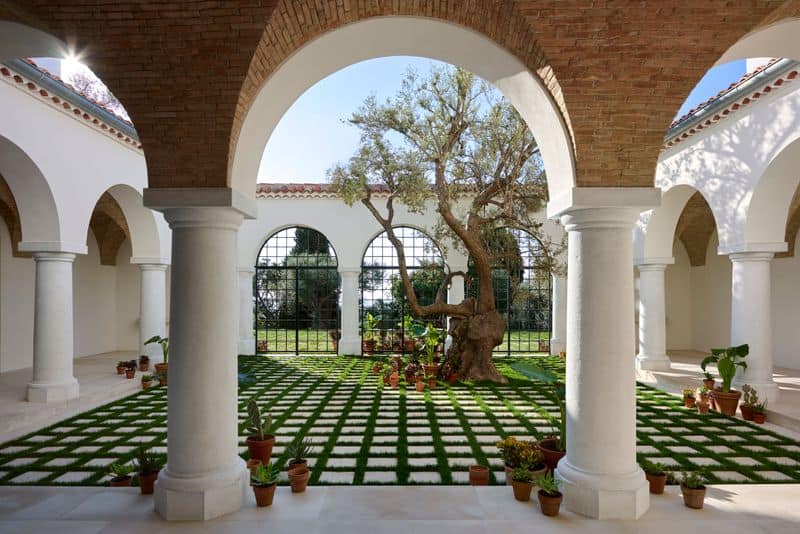
La Pausa served as a haven for leading artists, including Salvador Dalí, who stayed for productive months in 1938.
Chanel’s villa became a vibrant cultural hub, where art and ideas flourished free from societal constraints.
This atmosphere nurtured creativity, making it a beacon for artistic innovation during its heyday.
3. Reviving a Legacy
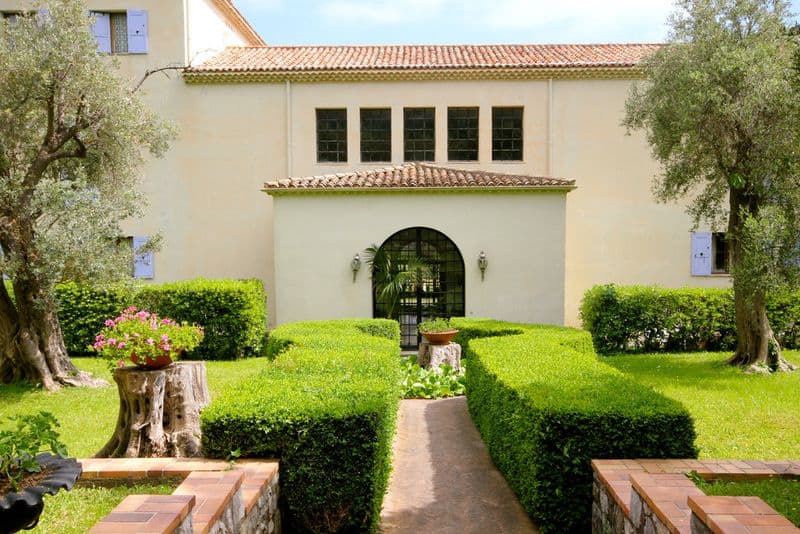
Recently, architect Peter Marino meticulously restored La Pausa, ensuring its timeless charm was preserved.
This restoration is part of Chanel’s initiative to revive heritage sites, creating spaces where creativity can thrive.
The villa now stands as a private residence and cultural site, continuing its legacy of elegance and inspiration.
4. Architectural Elegance
La Pausa’s architectural design, crafted by Robert Streitz, echoes Palladian elegance.
Chanel’s vision ensured harmony with nature, keeping the original olive trees intact.
The villa’s grand entrance and unique interior spaces reflect a blend of minimalist and Rococo styles, embodying Chanel’s refined taste and architectural foresight.
5. A Social Epicenter
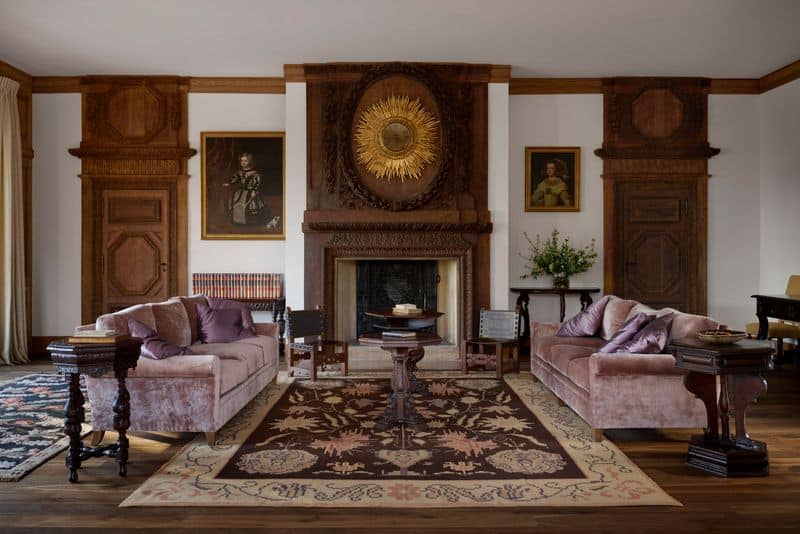
In its prime, La Pausa was a social epicenter, hosting lively gatherings.
Guests like Misia Sert and Christian Bérard enjoyed music and dance, creating memorable moments in this luxurious setting.
Chanel’s hospitality fostered an environment of relaxed elegance, where creativity and conversation thrived, making the villa a sought-after destination.
6. The Heart of the Villa
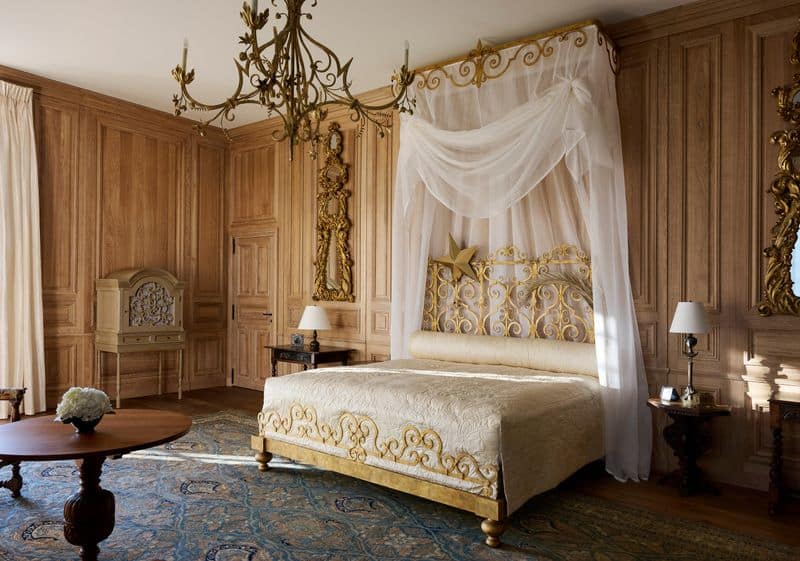
Chanel’s bedroom, with its balcony facing the sea, was a personal retreat at La Pausa.
The room, adorned with vintage furnishings, reflected her personal style and taste.
Its carefully curated decor, including a gilded wrought iron headboard, offered a glimpse into Chanel’s private world, blending luxury with serene simplicity.
7. A Glimpse into the Past
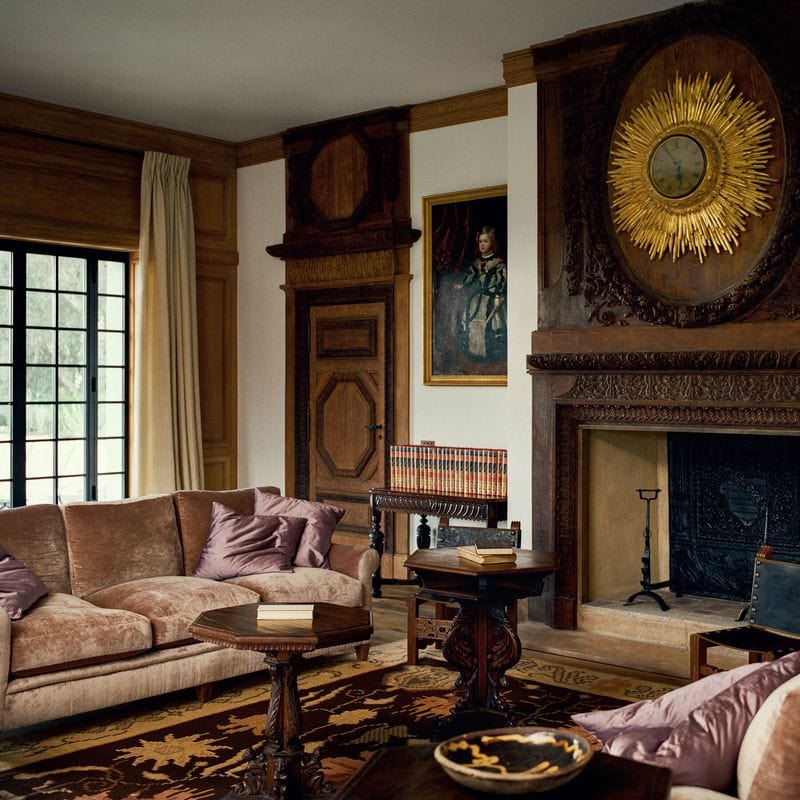
The living room of La Pausa, adorned with Spanish and Rococo furniture, was a place of lively interaction.
Here, Chanel’s guests rolled up Persian rugs for impromptu dances.
The room’s historical elegance, combined with creative spontaneity, made it a central space for socializing and enjoyment, echoing Chanel’s unique lifestyle.
8. Culinary Delights
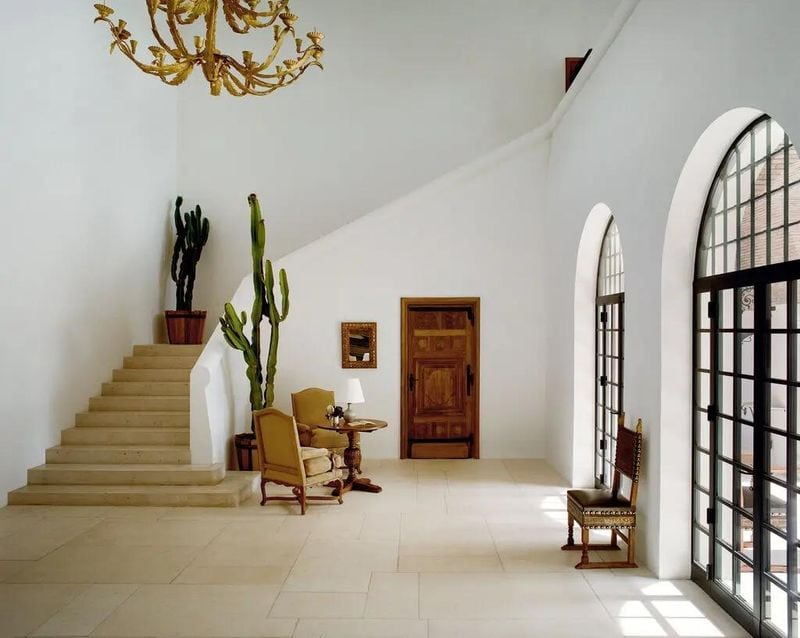
Villa La Pausa offers culinary delights crafted by Chef Arquimedes Jesus Rodriguez.
Trained under renowned chef Mauro Colagreco, Rodriguez uses locally sourced ingredients to create gourmet meals.
The villa’s dining experiences reflect a blend of regional flavors and sophisticated taste, offering guests a taste of luxury and tradition.
9. Cultural Renaissance
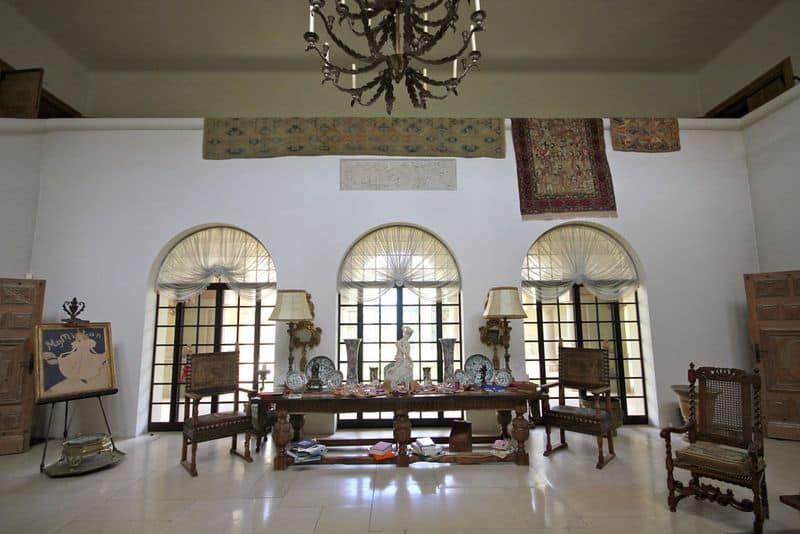
Today, La Pausa continues as a cultural renaissance site, hosting artist residencies and events. Its serene setting provides a backdrop for creative exploration and inspiration.
Chanel’s vision of a place for pause is revitalized, nurturing new ideas and artistic expressions, and upholding her commitment to the arts.
10. A Timeless Sanctuary
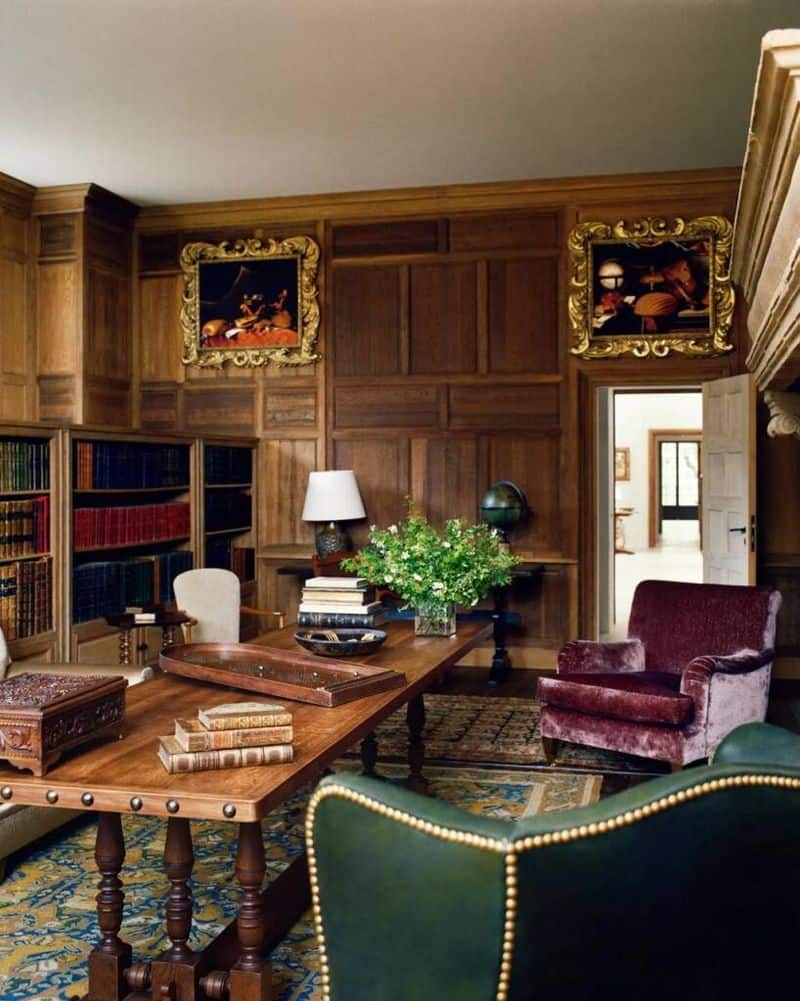
Surrounded by lavender, jasmine, and wisteria, La Pausa is a timeless sanctuary.
The villa’s gardens offer tranquility and inspiration, a testament to Chanel’s connection with nature.
This serene environment complements the villa’s elegant architecture, providing a perfect retreat for contemplation and creative pursuits, embodying Chanel’s enduring legacy.

